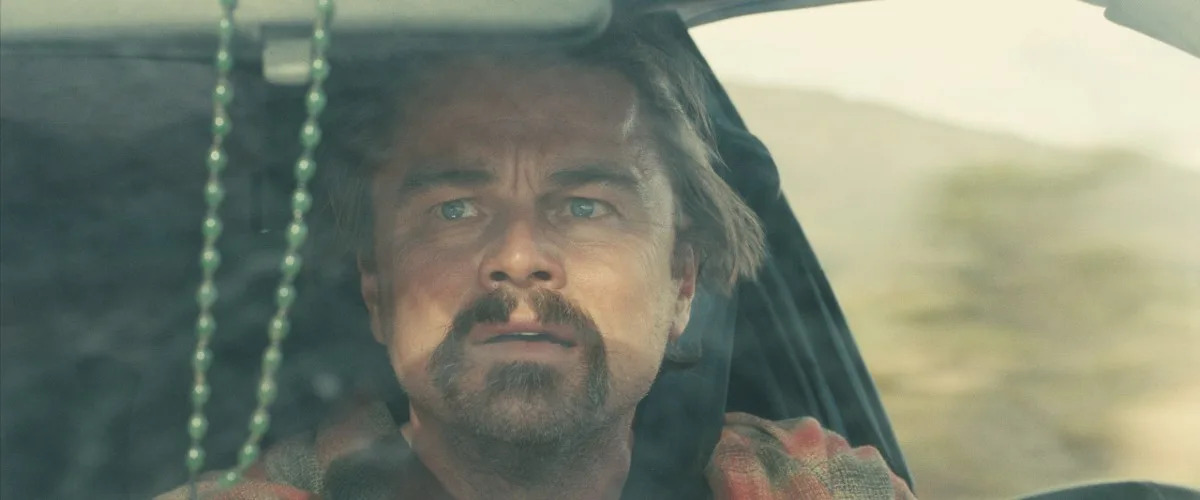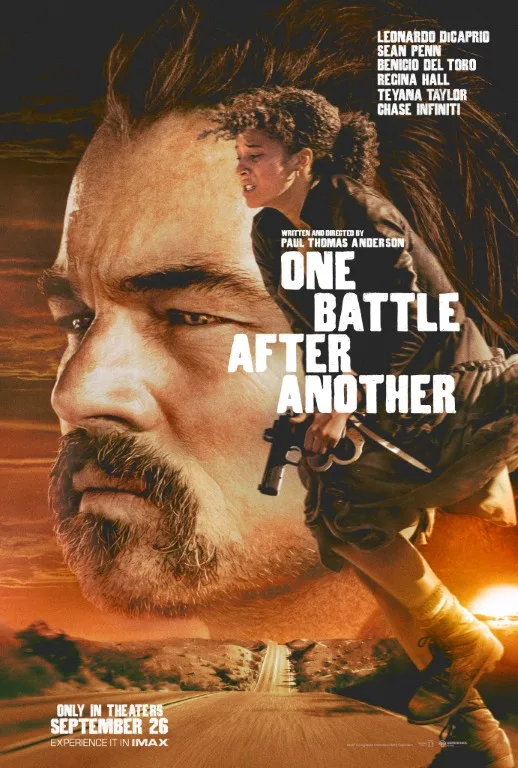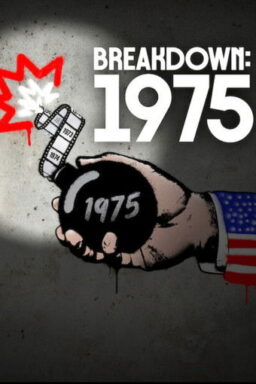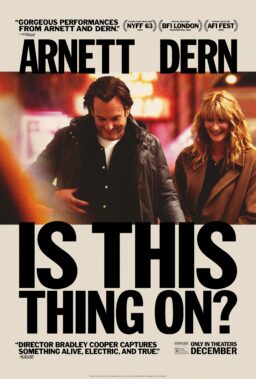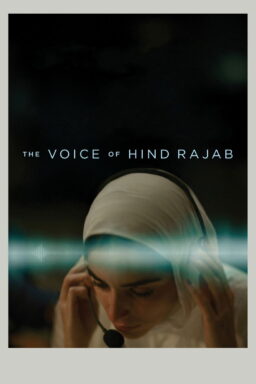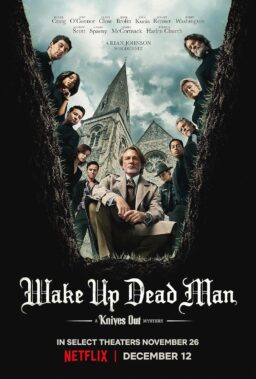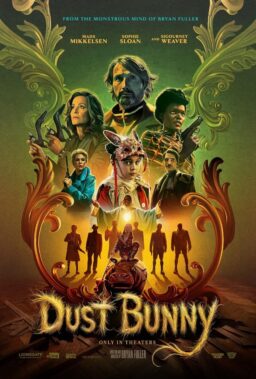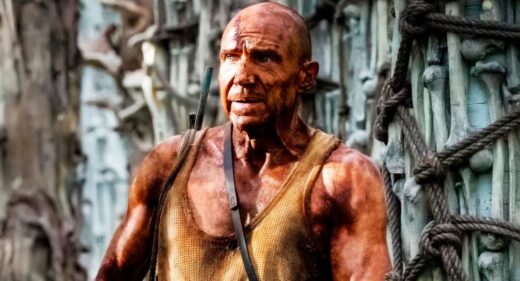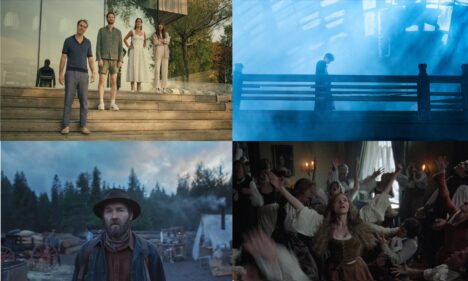Aren’t you tired of fighting? Paul Thomas Anderson’s “One Battle After Another” comes along at a time in world history in which conflict seems to be the daily duty, turning Thomas Pynchon’s ’80s-set Vineland into a deeply humanist story of rebellion that will be read as 2020s political commentary despite never using terms like MAGA or Antifa. Anderson’s phenomenal screenplay is a timeless story of resistance, one that playfully weaves together influences as broad-reaching as the true story of Weather Underground and cinematic depictions of rebellion, but it’s also a remarkably propulsive, fun, and eventually moving piece of work about the human beings caught up in the chaotic machine. It’s a live wire that drops in the first scene, setting off sparks for the next 162 minutes.
To say it is a film of our times will be a bit too easy. Yes, PTA has been influenced by the state of things, but there’s a reason he also nods to “The Battle of Algiers” and even the sins of the Founding Fathers. We’ve been fighting for a long time.
“One Battle After Another” opens with the kind of momentum usually reserved for the climax of an action film and barely slows down from there. A revolutionary group known as French 75 is initiating an operation on the Mexico-U.S. border, where they take the officers hostage and release the immigrants awaiting processing. The group is led by Perfidia Beverly Hills (Teyana Taylor), a confident force of rageful nature who finds the leader, Colonel Steven J. Lockjaw (Sean Penn), and sexually humiliates him before walking him out of the base. The whole encounter essentially fries Lockjaw’s horny brain, launching a psychosexual obsession with Perfidia, someone whom he sees as beneath him because he’s a racist monster, but someone who he also wants to sexually control him. He essentially stalks Perfidia as she continues to lead the resistance with her partner Bob Ferguson (Leonardo DiCaprio), the two eventually having a child together named Willa.
Cut to 16 years later, Willa (Chase Infiniti) is a teenager, and Bob is a single father, still doing what he can for the revolution but equally worried about taking care of his daughter. Lockjaw remains obsessed with the pair, initiating a series of raids and operations on French 75 members that forces Perfidia’s former ally Deandra (Regina Hall) into action, exfiltrating Willa from a high school dance. As Deandra tries to get Willa to safety, Bob requires the help of a sensei named Sergio St. Carlos (Benicio del Toro) to avoid Lockjaw’s troops. But he can’t remember the passwords needed to learn the rendezvous point to find his daughter. Revolutionaries get forgetful, too.
Even when Bob is seated with a joint in his hand, there’s a jittery, unsettling energy to “One Battle After Another” that gives the film incredible momentum. Anderson collaborates again with Michael Bauman, who shot “Licorice Pizza,” and who does unflashy work here, using motion as a way to amplify tension. Bauman and Anderson compose a few breathtaking shots—there’s an early one of the border wall that looks like a painting—but they mostly try to keep up with their characters as they glide in and out of safe places. More essential to the film’s tone is a truly bonkers score by Jonny Greenwood, one that almost constructs themes for sections around sparsely played individual instruments. For a long stretch in the middle of the film, as Bob and Sergio evade Lockjaw’s team, it sounds like a single piano key being struck, with the occasional flurry of what could be a cat running along the ivories. It’s a remarkably effective choice, a score that almost sounds like an alarm going off somewhere.
As for performance, DiCaprio gives a carefully modulated turn, playing the hazy immediacy of a character who may not be a leader of the cause but remains loyal to it, nonetheless. He puts his passion into the revolution when needed, but he knows to anchor this role in the love a father has for his daughter. His scenes with Infiniti, also spectacularly present, give the film its heart. It doesn’t work without that connection. Taylor and Hall are expectedly great, but the performance that’s going to have people talking is Penn’s best work in years. The Oscar winner flexes his muscles, grits his teeth, and growls his lines, but somehow threads the needle between truth and caricature. He’s a ridiculous human being who wants nothing more than the power that men achieve when they’re able to destroy not just everything around them but history.
And that last part is key. Without spoiling, “One Battle After Another” becomes about erasure. It becomes about what we don’t teach about Benjamin Franklin in history class because the powers that be don’t want us to teach it. Many timely themes will be pulled out of Anderson’s script, but the idea that there’s an underground cabal of powerful white men who fret over racial purity and turn truth into mythology and vice versa feels like one of the timeliest, given the current attacks on what we’re allowed to learn in school or exhibit in museums.
And yet “One Battle After Another” never feels like a polemic. It is rooted in character and grounded in the filmmaking language of action directors. It hums and moves in ways that movies too rarely do, embedding any timely commentary one wants to read in it in entertainment. Anderson dropped out of film school when a professor told the students that they should leave if they wanted to make a movie like “Terminator 2.” He thought that Cameron’s sequel was a “pretty awesome movie,” and this story of rebellion feels like his own form of resistance against pretension.
It’s also, crucially, a deeply humanist movie. Anderson cares about these characters deeply. Bob’s frustration becomes our own, as does his concern for Willa. So many “films of our moment” have felt angry or cynical, but Anderson’s movie transcends that by being human and even offering optimism. It’s not one loss after another. It’s one battle. Keep fighting.

